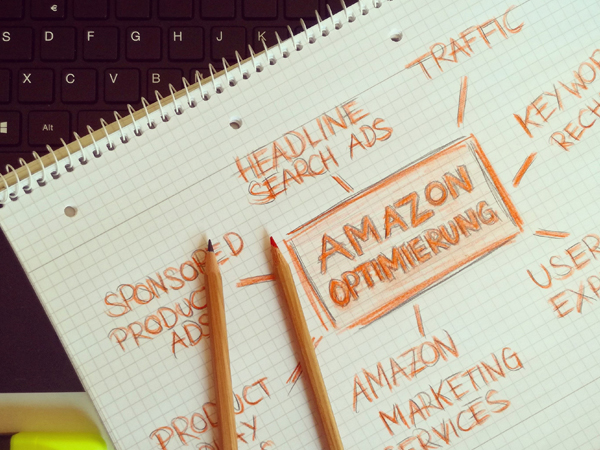Landing pages are critical for your business success.
This sentence might seem overstated. But for once imagine. Your marketing campaign is in full swing. Your blog is loved by people. You are getting social media engagements. Dozens of people are signing up for your newsletter. Everything is going picture perfect.
But there is one slight issue. You are no generating sales despite this increased traffic on your website. Your bounce rate is high, and you really don’t know what’s wrong. This is where the crucial, landing pages come in.
To help you with landing pages, here are some do’s and don’ts.
The landing page of your website is the first thing your customer will see when he visits on the site. Keep it simple and state your business idea in the simplest terms in the main page of the website.
If most of the customers are those who know about your business, then keep your landing page with all the necessary sign in and contact us information. If not, then give just enough information to convince the customer.
CTAs (Call to Actions) is essential for any website. But if there are CTAs after every 2 lines, your customers are more likely to leave the site within seconds.
Clearly plan each and every CTA of your website. Think like a visitor on your site, not like a typical business owner. Ensure user sees the relevant CTAs like a contact form or a phone number etc. quickly. Do not add too many call to actions and maintain a complete balance between stuffed information and no information at all.
It is essential to know your users. If you know your users are not some industry professionals, then use terms they are familiar with. Don’t use jargons that might further confuse them, leading to high bounce rate. For instance, you are a marketing agency working on pay per click, give your customers an idea about PPC as they are on your website for your services.
Don’t leave any missing pages on your website. Redirect them to similar pages. Also, if your site has a contact page, make sure you have the appropriate follow-up. You can generate an email with additional information. You might re-direct them to a thank you screen, , or let them know an agent will be in touch. It is crucial for your customer and your business, to understand what the next step will be.
Optimize your whole website to fit the needs of mobile users. The amount and quality of text should also assist mobile users in the best way. Make a responsive landing page. Ensure your website has form accessible from PC, tablets, and mobile phones. Most important, ensure your website loads fast and does not slow down on any other linked pages.
Landing pages can make or lose potential customers. Each and every aspect of the landing page must be analyzed carefully and tested from the customer’s perception. While these are few, Do’s and Don’ts, there are other factors to be looked upon and tested. Know your customers and give what your customers expect!





